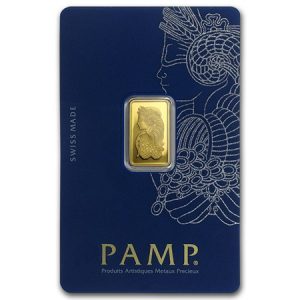An assay and a Certificate of Authenticity (COA) are important documents that provide proof of the authenticity and purity of precious metal products, such as bullion coins or bars. These documents are used to verify the weight, metal content, and purity of a precious metal product, and are crucial for buyers and collectors who want to ensure that they are getting a genuine product.
Assays are performed by independent third-party laboratories, such as the Assay Office in the UK, and are recognized by bullion dealers and buyers as a reliable source of information about a bullion product.
A COA is a document that is issued by the manufacturer or dealer of a bullion product, and it certifies that the product is genuine and has been assayed by an independent laboratory. The COA contains important information about the bullion product, such as its weight, metal content, and purity. It also includes the date of the assay, the name of the laboratory that performed the assay, and a serial number that can be used to verify the authenticity of the product.
An assay is a process that tests the metal content of a bullion product. It involves melting down a small sample of the product and analyzing it to determine its metal content and purity. Common assaying processes for precious metals include:
- Fire Assaying: This is the most traditional and commonly used method for assaying gold. It involves melting the sample of the metal and using a chemical reaction to separate the gold from the other metals. The remaining gold is weighed, and its purity is determined.
- X-Ray Fluorescence (XRF): This is a non-destructive method that uses X-rays to determine the metal content of a sample. It is fast, accurate, and requires no sample preparation.
- Inductively Coupled Plasma (ICP): This is a highly precise method that uses a plasma torch to vaporize the sample, allowing the metal content to be analysed. It is commonly used for assaying platinum group metals.
- Gravimetric Analysis: This method involves separating the sample into its individual elements and weighing each one to determine its metal content. It is commonly used for assaying palladium and rhodium.
- Ultrasonic Assaying: This is a non-destructive method that uses ultrasound to determine the metal content of a sample.
These are some of the most common assaying processes used for precious metals, and each has its own advantages and disadvantages. The specific method used will depend on the type of metal being assayed and the desired level of accuracy.
COA can also increase the value of a bullion product. They are important for buyers who want to protect their investment, as well as for collectors who want to ensure that they are acquiring a high-quality product.
In conclusion, an assay and COA are important tools for verifying the authenticity and purity of precious metal products. When purchasing bullion, it is important to look for products that come with an assay and COA, as they provide proof of the quality and reliability of the product.
Tags: Certificates of Authenticity

 Hi,
Hi,











